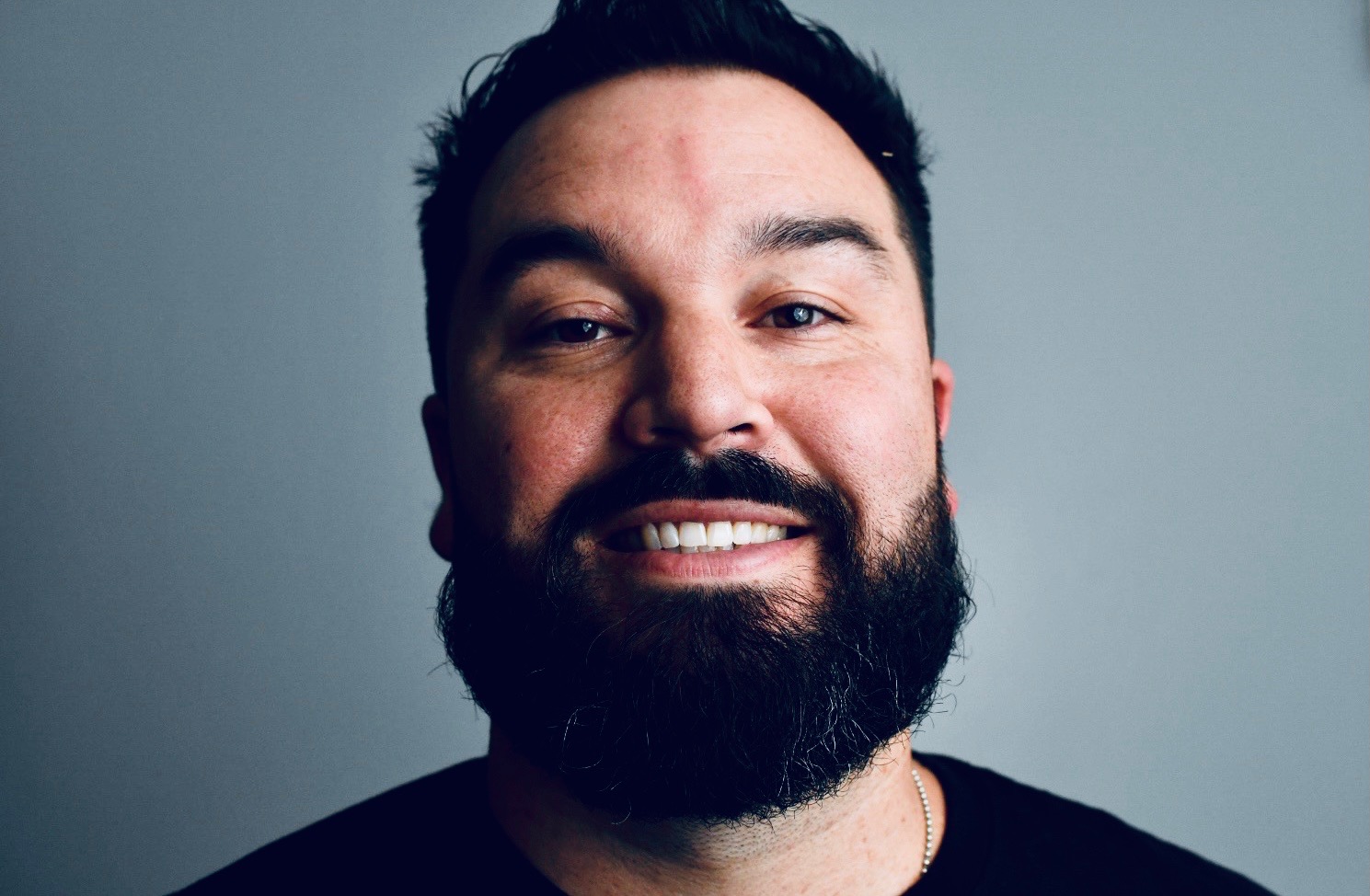As I mentioned in the About section I started my career off at the Water Management District in Tampa, FL, as an engineering intern. Soon after graduation I moved into the position of Hydrogeologist. This meant that I was looking at how water flows under the ground (for the most part). My time at the District, was probably the most boring and monotonous work I have ever done and yet it gave rise to the most creative work I have ever done.
At the time, around 2010, there was a major issue with farmers over pumping groundwater to protect their crops. This over-pumping drew the aquifer levels down so much that sink holes opened up and residential wells went dry. Crops were lost, homes were swallowed up by the earth and massive holes opened up in roadways.
To mitigate for this the District was pushing for alternative water supplies; such as alternative water supply like surface water ponds. This was new territory and the District and the farmers didn’t have a way to analyze the potential efficiency or usage of these surface water ponds. I was facing this problem directly as I tried to permit said ponds to make sure that the farmer would have adequate volume of water to protect their crops. Since there was no tools to us, I decided that I should try and create one. I took what I knew of surface water flows from my engineering background and what I knew of groundwater flows from my training as a hydrogeologist and put them to work in an Excel spreadsheet.
Fast forward two years later and I am training the entire District, 16 counties, on the use of the surface water design tool (still in Excel mind you). This little Excel calculator was now capable of reviewing maximum flow rates of pipes, calculate soil porosity, it predicted available water supply based on the size of the pond, predicted drawdown, it simulated a three day freeze event; it did a lot. There is an expression that goes something along the lines of:
‘I will know what I am building when I am done’
This was definitely the case here. And the craziest thing was that I was like 22 years old maybe. And I didn’t know what I was doing at the beginning. By the end of it I was the foremost expert within our District. There were different professors, professionals, colleagues and the like that were critical of the project the methodology. I did some things wrong admittedly but I kept at it. I took their criticism and advice and made it better. There were dozens of revisions and improvements. It ended up becoming part of the permitting process and applicants were required to use the tool to design their surface water ponds.
After several years of work on this project I left the District and left the tool with them. It was a tangible example of my ability to perceiver through difficult projects and work through critical feedback, to solve problems, to think analytically, to take what is known to solve the unknown. It was how I stumbled onto my abilities.
Below you will see some screenshots of the tool.




Do you have any examples of how you were able to solve a critical problem at work or school? I would love to hear about it.
-Nate

